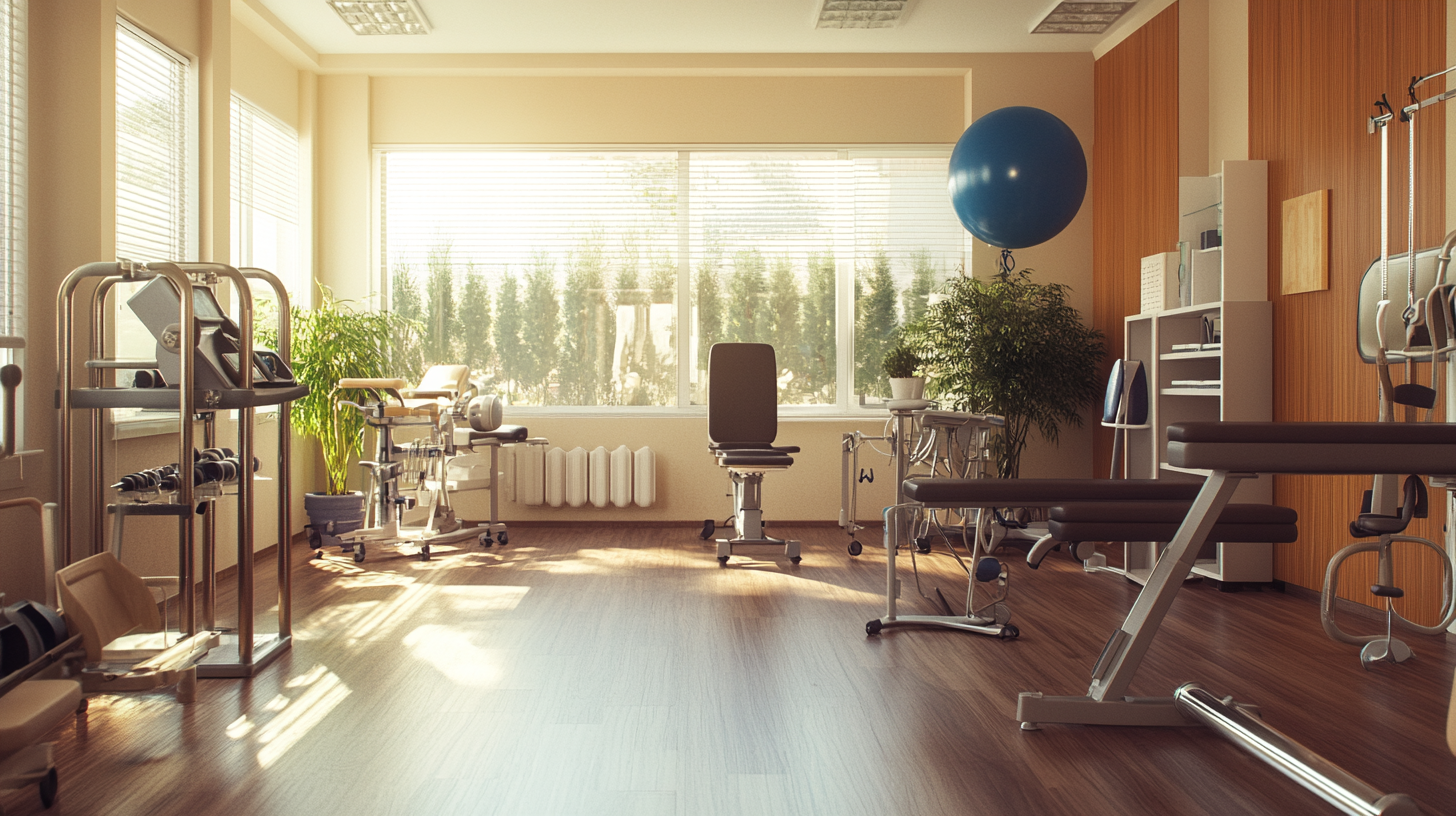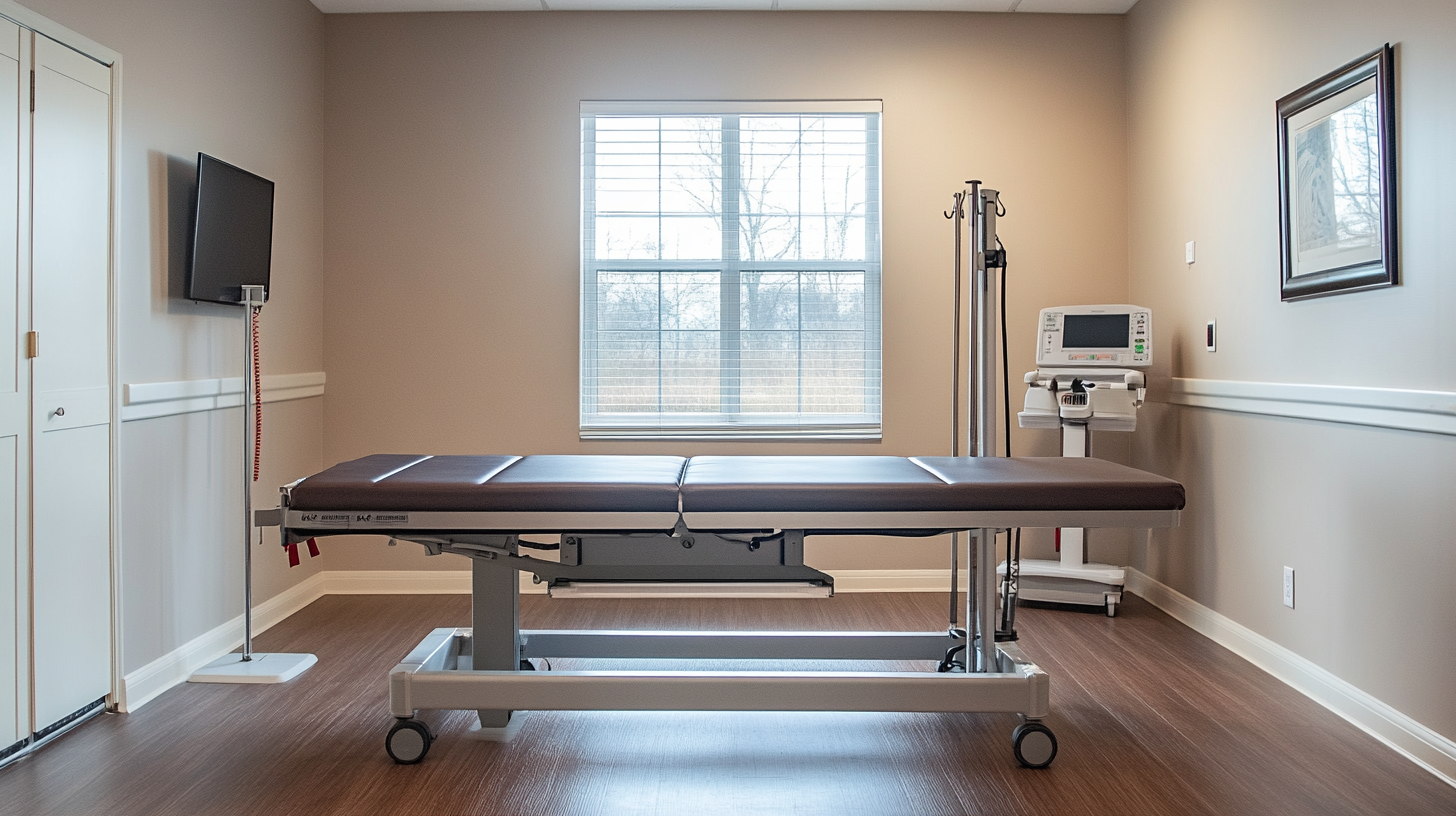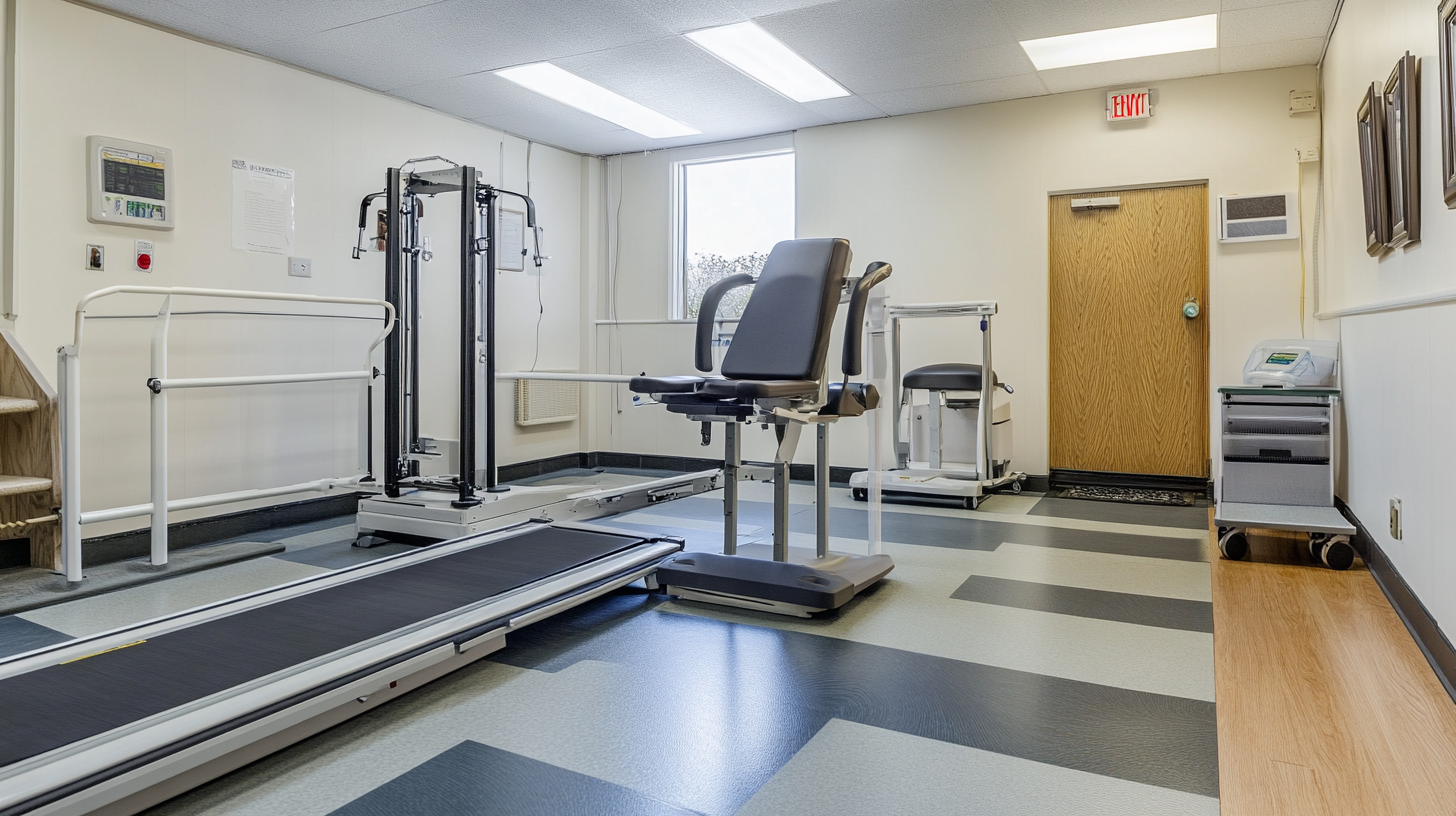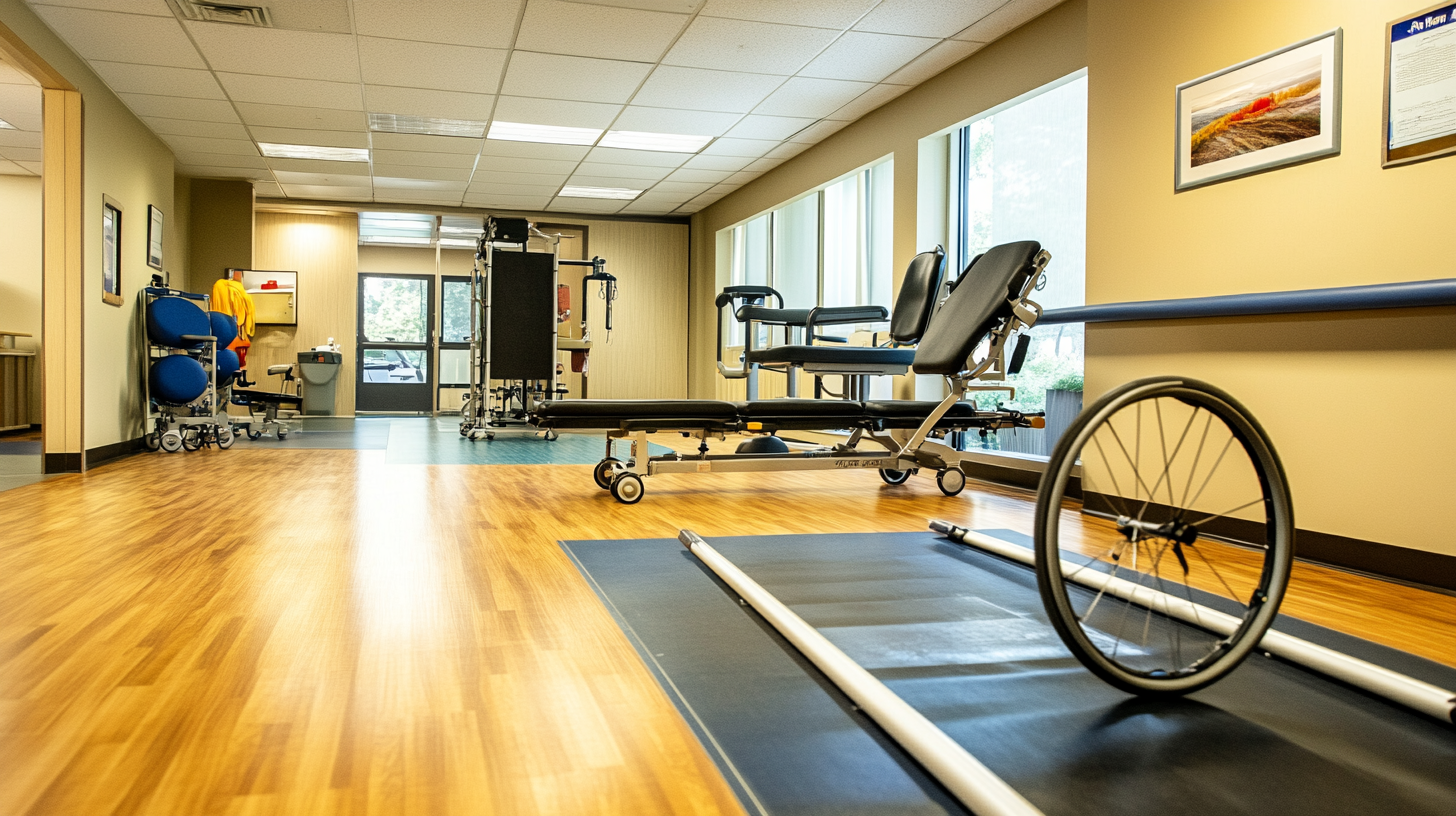What to Know Before Investing in Home Rehab Equipment for Your Facility
Investing in Home Rehab Equipment is a significant decision for any facility aiming to enhance patient recovery and rehabilitation outcomes. As the demand for efficient and effective rehabilitation solutions grows, understanding the right equipment can make a profound difference in the quality of care provided. From essential machines to specialized tools, the landscape for home rehab options is vast and can sometimes be overwhelming for professionals tasked with procurement.
Before making any purchase, it’s crucial to consider various factors such as the needs of your patients, the types of therapies being offered, and the budget constraints of your facility. This blog will guide you through the key aspects to evaluate when investing in home rehab equipment, ensuring that your choices align with your rehabilitation goals and ultimately lead to improved patient satisfaction and recovery rates.

Key Factors to Consider When Choosing Home Rehab Equipment
Investing in home rehab equipment can significantly enhance recovery and fitness routines. However, it is essential to consider several key factors before making your purchase. First, assess the specific needs of your facility and clients. Different rehab equipment serves varied purposes, such as improving strength, flexibility, or cardiovascular health. Understanding the goals of your rehabilitation program will help you select equipment that aligns with those objectives. Another vital consideration is space. Home rehab equipment varies in size and design, so it’s crucial to evaluate the available space in your facility before investing. Compact options may be necessary if you have limited room. Moreover, durability and quality should not be overlooked. Equipment that withstands regular use is a worthwhile investment, ensuring safety and reliability for clients. In 2025, there's an array of standout home exercise equipment, including innovative exercise bikes that can enhance workouts and recovery processes. These bikes often feature user-friendly technology, enabling personalized training regimens. Investing wisely in high-quality, space-appropriate rehab equipment can elevate the effectiveness of your rehabilitation services and help clients achieve their fitness goals.

Understanding Different Types of Home Rehab Equipment Available
When considering home rehab equipment for your facility, it’s essential to understand the various types available to meet the diverse needs of patients. Home rehabilitation equipment primarily includes devices designed to assist with mobility, strength training, and functional activities. These tools not only facilitate recovery but also promote independence, allowing patients to engage more fully in their daily lives.
One of the most common types of home rehab equipment is mobility aids, which include walkers, canes, and wheelchairs. These devices help individuals regain their balance and improve their mobility after injury or surgery. Strength training equipment, such as resistance bands or adjustable weights, is also crucial, as it enables patients to build muscle and increase stamina safely at home. Additionally, specialized tools like therapy balls and balance boards can enhance coordination and flexibility.
Moreover, there are innovative solutions like virtual therapy platforms and wearable devices that track progress. These modern technologies not only provide motivation but also allow for remote monitoring by healthcare professionals. Understanding the full spectrum of home rehab equipment ensures that caregivers can select the right combination of tools tailored to each patient’s recovery journey, thereby maximizing the effectiveness of rehabilitation efforts.

Assessing the Space and Budget for Your Rehab Facility
When considering the investment in home rehab equipment for your facility, assessing your available space and budget is crucial. Start by evaluating the dimensions of the area designated for rehabilitation. Understanding the layout affects not only the type of equipment you can accommodate but also how effectively clients can navigate the space during therapy sessions. Ensure you consider factors like the flow of movement between different rehabilitation stations and the need forkeeping the area accessible for individuals with mobility challenges.
Once you've assessed the physical space, turn your attention to your budget. It's essential to balance quality with affordability, as investing in high-quality equipment can lead to better outcomes for clients but can come at a higher initial cost. Create a budget that accounts for not only the equipment itself but also installation, maintenance, and any potential training for staff on how to properly utilize these tools. Consider prioritizing essential items that will have the most significant impact on your services, and explore financing options or second-hand equipment if necessary to stretch your budget further.
By taking these steps, you ensure that your investment in home rehab equipment is both practical and beneficial, designed to meet the specific needs of your facility and its clients.

The Importance of Equipment Quality and Brand Reliability
When investing in home rehab equipment for your facility, the quality of the equipment and the reliability of the brands you choose play a crucial role in determining the overall success of your rehabilitation programs. High-quality equipment is not only essential for ensuring effective rehabilitation but also for maintaining patient safety. When selecting tools, consider the durability, design, and user-friendliness. This will ensure that the equipment can withstand frequent use and meet the various needs of different patients.
Brand reliability is equally important. Established brands often have a track record of producing reliable and effective rehabilitation tools. They typically invest in research and development, ensuring their products incorporate the latest advancements in technology and ergonomic design. When a brand is trusted in the industry, you can be more confident that the equipment will not only perform well but also be backed by support and warranty options if issues arise. This reliability reduces the risk of unexpected costs and downtime, allowing your facility to focus on providing the best care possible.
Moreover, investing in reputable brands can enhance your facility's reputation. Patients and their families are more likely to choose a facility known for using top-notch equipment. By prioritizing quality and brand reliability, you not only improve the efficacy of your rehabilitation services but also foster trust and loyalty among your clients. This strategic approach ultimately leads to better outcomes for both patients and your facility.
Training Staff to Use Home Rehab Equipment Effectively
Training staff to use home rehab equipment effectively is a critical component when investing in new apparatus for your facility. Ensuring that your team is well-versed in the operation of these tools not only maximizes their utility but also enhances patient safety and outcomes. Start by implementing comprehensive training sessions that cover both the technical aspects of the equipment and practical, hands-on practice. It is advisable to engage the equipment supplier in providing detailed training for staff, as they can offer valuable insights into the features and best practices for usage.
In addition to initial training, ongoing education is essential. Developing a routine that includes refresher courses and access to updated training materials can help staff maintain a high level of proficiency with the equipment. Consider organizing regular meetings where staff can discuss their experiences, share tips, and troubleshoot any issues that arise during rehabilitation sessions. Creating an environment where open dialogue about equipment usage is encouraged can significantly improve staff confidence and effectiveness.
Finally, integrating staff feedback into training programs is crucial. By involving those who use the equipment daily, you can tailor the training to address specific challenges that your team encounters. This not only empowers staff but also leads to more innovative rehab solutions, ultimately benefiting your patients and enhancing the overall service quality of your facility.

